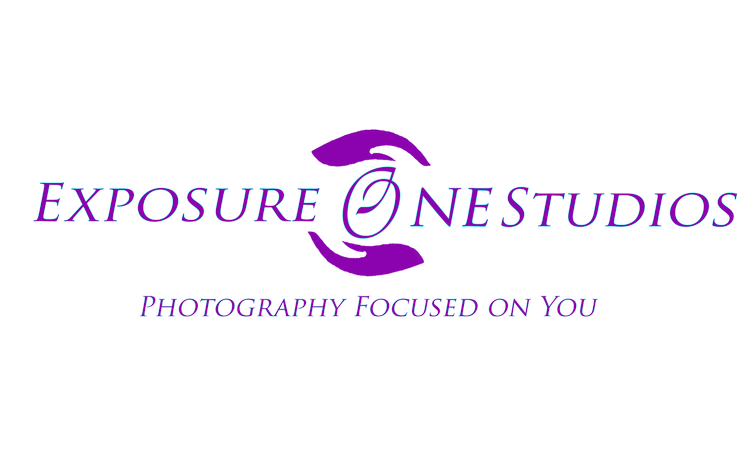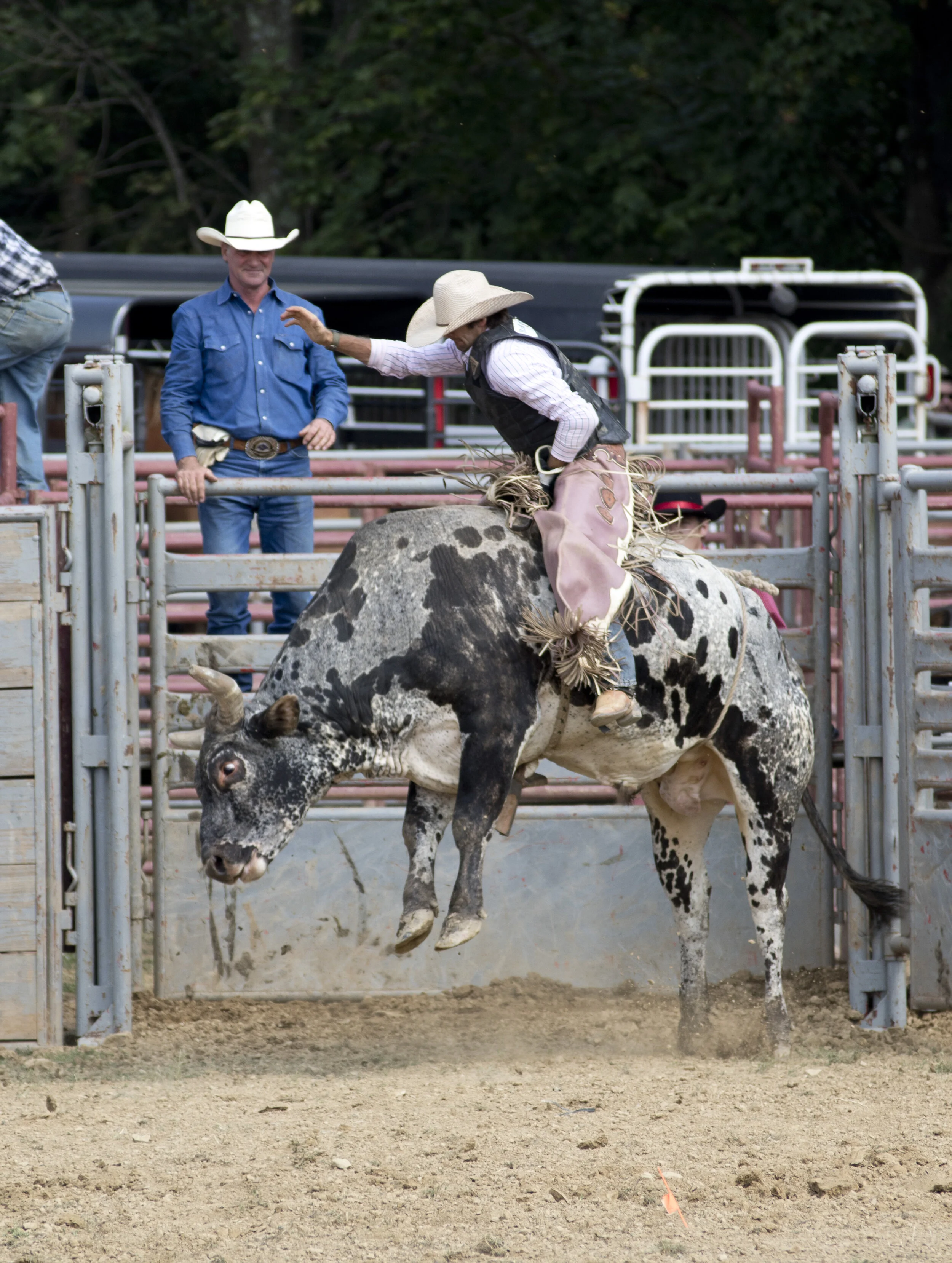So why rodeo photography?
Truth be told because it encompasses all types of photography from fine art to stop action and everything in between. I learned to be a photographer in a dusty rodeo environment that is unforgiving and offers a great sense of accomplishment when done right.
What are the basics of rodeo photography for those wanting to give it a try?
Finding a rodeo near you is step one. Then if you can find out whom the contractor is you can reach out to them and see what you need to come and photograph the event. Be it permission, an association card, press pass, or whatever they require— a lot will just say show on up because they are always willing to help someone start and contestants love images of them competing. Last but not least you need to figure out what rodeo association the event will be held under. This among the most important things you can do to see if there are special photography requirements- most associations do have restrictions for non-members, some have requirements on dress for all associated with the rodeo and if you work out a deal with the contractor to photograph you want to conform to association rules so they don’t get fined.
APRA and IPRA (American Pro Rodeo and International Rodeo Association) sanctioned events require you be a card holding photographer to have direct arena and behind the scenes access. They are yearly memberships and do require payment however they are the best bet if it is something you discover a passion in.
Whereas SEBRA and Mid-States it isn’t as necessary to be a card holding photographer. It is nice and you can compete to become “Photographer of the Year” but without the card it is contractor to contractor basis as to your level of access. I have personally never carried a card with either association because the bigger ones were my draw and I was fine with shooting outside of the arena at SEBRA events.
When I was first starting out in the business I knew nothing of associations or the regulations I would have to follow. In fact I came in more blessed than most because my best friends father is a rodeo contractor and it was with them and their rodeos I got my start. I do realize many people are not as fortunate to have a foot in the door but I have meant more photographers who found their way in than those who had my origin story. I am not among the 99% in this, but the rare lucky little bunnies or 1%.
So what exactly are the basics of rodeo photography? Especially after you navigate contractors, associations and membership to find yourself on the rail or in the arena shooting instead of in the grandstands.
1. Find a good spot!- I rarely shoot in arena anymore, the action happens to fast and moving out of the way in time becomes harder the more engrossed you are. While I have been yanked out of the way by countless people involved, bull fighters, cowboys, barrel racers, so on so forth, it isn’t their job. When you are new to learning and identifying the action keeping yourself safe is priority number one. You can learn the action, the movement of animals from outside the rail better than inside. And then one day move into the arena and find a spot but be ready to run and leap to the rail as needed..
2. Know your camera- I can not stress this enough, camera knowledge and knowing your equipment will save shots more than you know. Know how to flip settings on the fly! Know how your camera shoots in low light or no light. Know your lens capabilities. The more you know about your equipment the better images you produce and the faster you build a reputation in the rodeo photography industry.
3. Do not rely on burst shooting and autofocus- Burst shooting at action events is appealing because you get a lot of sequence shots without possibly missing a WOW shot. Here is the problem with that however; you give a lot of the power to the camera to know the light, where to auto focus, and get as many bad shots as you do good ones. Because of this you now have thousands of shots to go through to find the best. Trust yourself, one great action shot is better than five in a sequence that are just ok or mediocre. Contestants rarely buy their entire ride, or run. They buy that one WOW image of them and that’s what we are aiming for.
4. Cull- Go through your images and keep the best ones. I can not stress culling enough, you take thousands of photos but you shouldn’t let the public see those thousands only your best content. I mean yes, it is a pet peeve of mine to see photographers who upload thousands of images to their site, the good, the bad, and the ugly because it was about getting everything but they have no desire to find the best images to make it easy to navigate. These photographers do what I call an image dump, it is nearly the entire xd card of images and they expect their potential clients to shift through hundreds of images to find perhaps one or two of themselves they may consider buying- if they don’t get tired and quit looking first. Culling allows you to select not all your best work but the relevant shots to keep your clients engaged and viewing the content. To make sales. (A decent nights rodeo I may only display 200 shots from the entire thing, including candids and grand openings. It is about my best shots not every shot.)
5. Shoot RAW- RAW files are much larger, they contain more image information and thus make editing better for more powerful images. I recommend shooting RAW for everything but it is especially helpful in rodeo. The lighting in rodeo is never ideal, there is dust, or flags generally little adjustments to make. Having all the information yields a more powerful image and that means sales.
6. Know you lighting- Light is a photographers bread and butter but light in most rodeos may be hard to come by or I am biased because I get stuck at night time rodeos where half the arena doesn’t even have lights (yes that is s true story.) Knowing your light, knowing how to shoot action in the dark is a skill that will become invaluable in the long run whether its with rodeo photography or you decide you love the studio. I have done both and I learned studio photography after rodeo it was easy transition and lighting was a breeze.
7. Have fun with it- Not many people get unfettered access to rodeo and behind the scenes with the cowboys and girls. There are good people in the rodeo community and the culture is amazing soak it up and enjoy yourself too.
This isn’t a comprehensive list as there is so much in any genre of photography to know, learn, and embody but these are my top seven to get you started. Happy Shooting!
“Chapter Three of Becoming a Better Photographer” How Rodeo Photography Helps published in January 2019. ”

